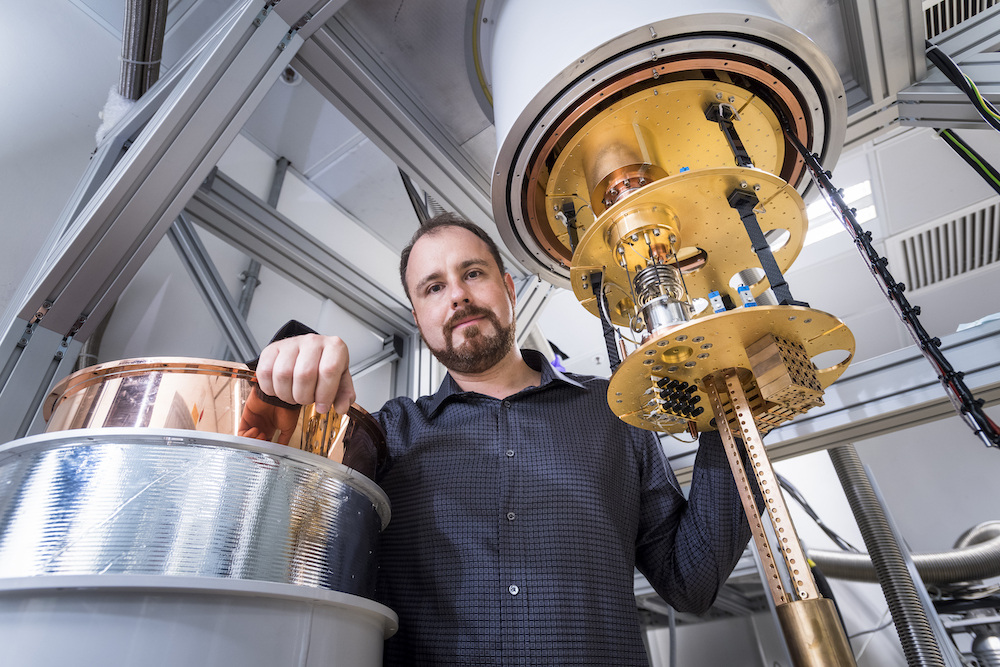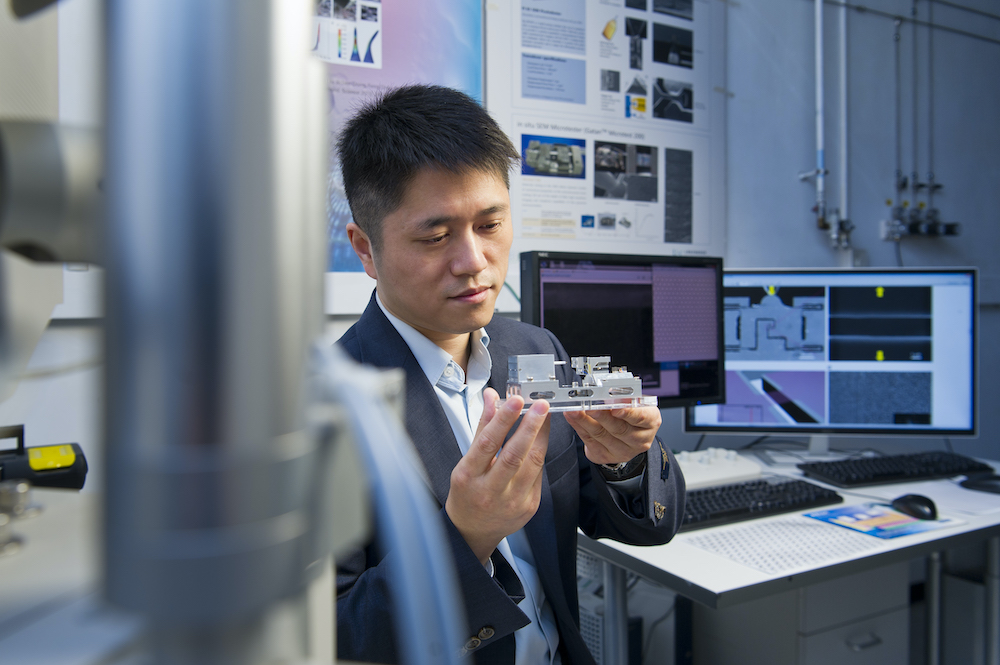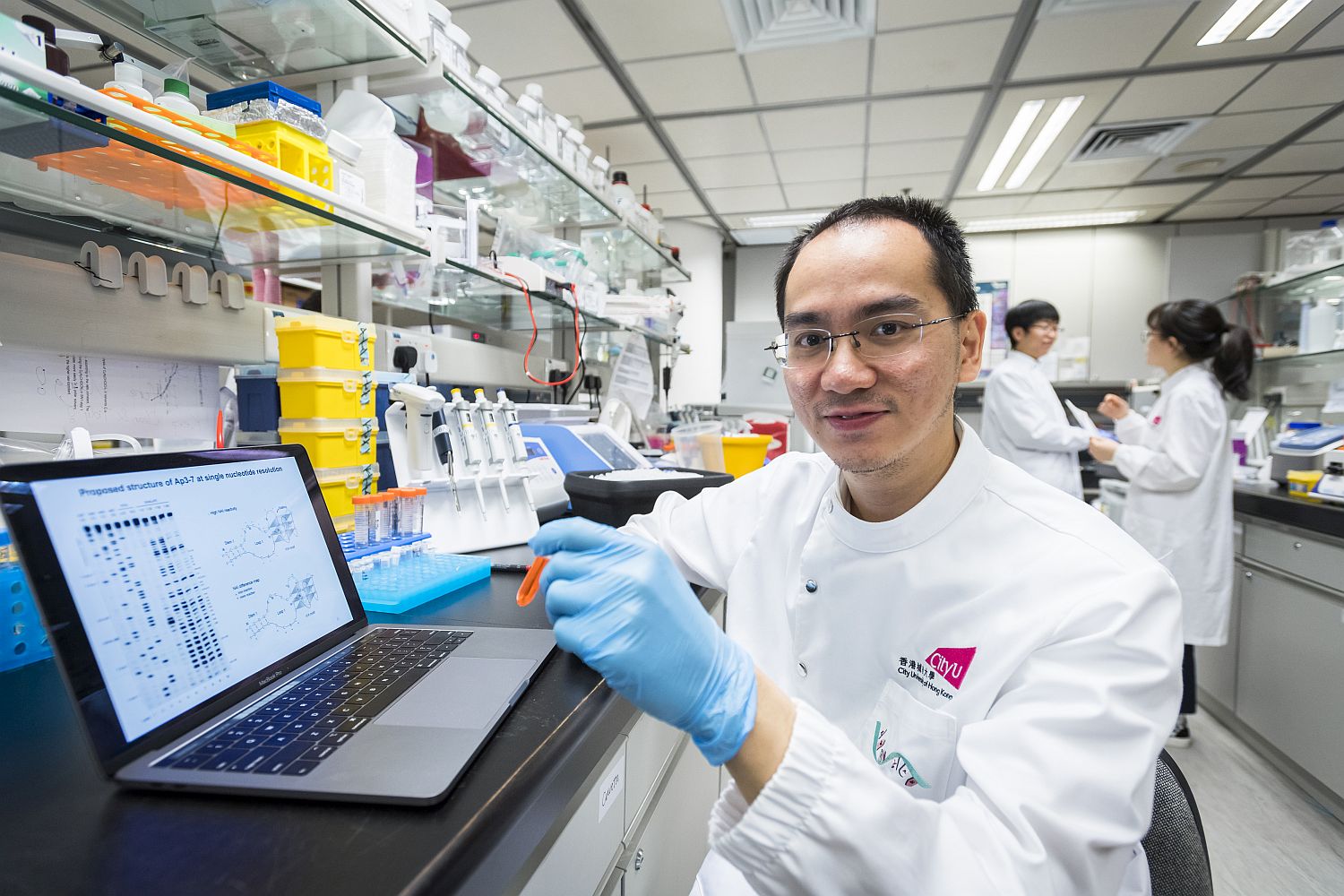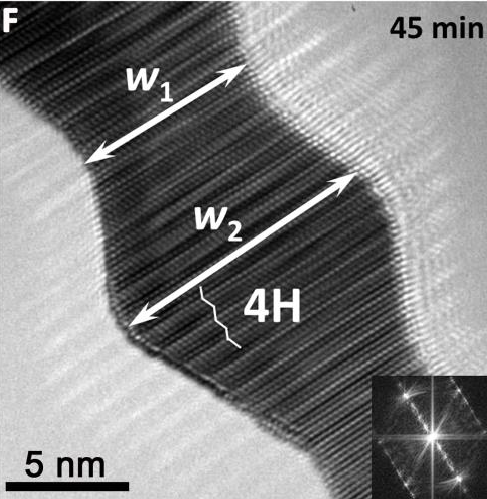Research Stories
Filter by category
Filter by year
Filter by year
- Alloys
- Analytical Chemistry
- Anti-Cancer
- Applied Physics
- Atomic, Molecular, and Optical Physics
- Chemical Biology
- Chemistry
- Clean Energy
- Condensed Matter
- DNA
- Energy
- Environmental Science or Biology
- Food Safety
- Kondo Cloud
- Materials
- Materials Chemistry
- Materials Science
- Mathematical Modelling
- Mathematics
- Nanomaterials
- Neural Networks
- Neutron Scattering
- Photosynthesis
- Photothermal Therapy
- Physics
- Quantum Materials
- Rankings
- Renewable Energy
- RNA
- Soft Matter & Biophysics
- Solar Cell
- Sound Wave
- Spectroscopy and Imaging
- Sustainability
- Theoretical and Computational Physics
- Transition Metal

Physicists have been trying to observe the quantum phenomenon Kondo cloud for many decades. An international research team comprising a scientist from City University of Hong Kong (CityU) has recently developed a novel device that successfully measures the length of the Kondo cloud and even allows for controlling the Kondo cloud.

Graphene, also known as the “black gold”, is the thinnest material in the world with just a single layer of carbon atoms. Not only cannot be seen with the naked eye, but it is also extremely difficult for scientists to test the actual mechanical properties of free-standing graphene. A research team comprising scientists from City University of Hong Kong (CityU) and Tsinghua University has achieved a breakthrough in this aspect.

City University of Hong Kong (CityU) aims at excelling in research and professional education, as well as promoting innovation. Faculty members are committed in research and innovations that support social, economic and technological advancement. CityU’s efforts are highly recognized, as reflected in the improvement in different rankings.

Protein and DNA (deoxyribonucleic acid) may sound familiar to everyone, but RNA (ribonucleic acid) is probably another story. In fact, RNA plays a pivotal role in many aspects, such as decoding the genetic codes stored in DNA and producing protein. Dr Chun Kit Kwok, Assistant Professor from the Department of Chemistry at City University of Hong Kong (CityU), is devoted to studying RNA. He hopes to reveal the structure of a specific type of RNA and its interactions in cells, as well as its biological functions and mechanism, in order to develop chemical and molecular tools for diagnostic and therapeutic applications.

A recent research led by City University of Hong Kong (CityU) has discovered that the ultrathin gold nanoribbons with unique hexagonal (4H type) crystal phase shows “l(fā)iquid-like” behaviour under heating, but its hexagonal crystalline structure remains stable. This provides insight into the thermal stability of this new type of metallic nanomaterials and facilitates the development of practical applications in the future.

Most of the current clinical anti-tumor drugs used in chemotherapy move around in the patient's blood after intake and are unable to pinpoint the targeted tumor. As a result, while killing the tumor cells, the healthy cells may also be killed as “collateral damage", leading to undesired side effects. Aiming to overcome this problem, Dr Guangyu Zhu, Associate Professor of Department of Chemistry, City University of Hong Kong (CityU) and his research team have recently developed phorbiplatin, an anti-cancer prodrug that can be controllably activated by red light. With its unique “on-site” activation characteristic, it will effectively kill cancer cells and minimize damage to normal tissues.